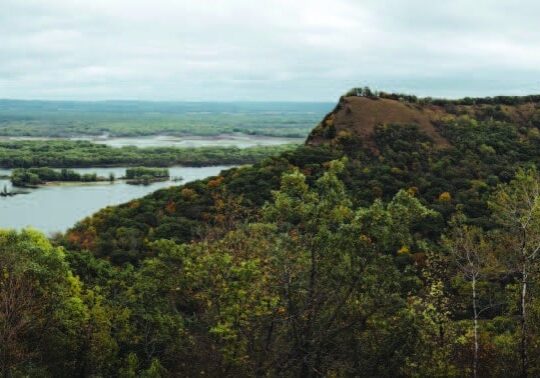Understanding Minnesota, The Land of Lakes
Thousands of years ago, Minnesota was covered in glaciers. As the climate changed and these huge sheets of ice began to melt and move, they carved out giant holes in the land, leaving behind massive ice chunks. As these ice chunks continued melting, they formed lakes and aquifers. It’s hard to imagine a Minnesota without lakes, but our state once looked very different from what it does today. In fact, Minnesota's landscape has always been changing, and it always will be. You can thank glacial activity, weathering, and erosion for the Minnesota landscape we know today.
Agriculture and the Land
Minnesota’s agricultural industry depends on natural resources like fresh air, rich soil, lots of rain and a good climate. That's why our farmers and others must act as stewards and take good care of the land, protecting these important resources.
Weathering
Physical weathering occurs when rocks are broken down into smaller rocks by temperature, water and wind. Chemical weathering happens when the mineral compounds of the rock react to rain or air, changing the composition of the rock to form a new mineral. These weathering processes turn the rock pieces into sand, silt, and clay particles that make up our soil. Sand particles are the largest. Silt particles are medium sized and clay particles are the smallest. Although soil could be all sand, all silt or all clay, that’s rare. Instead, most soil is a combination of all three soil particles called loam.
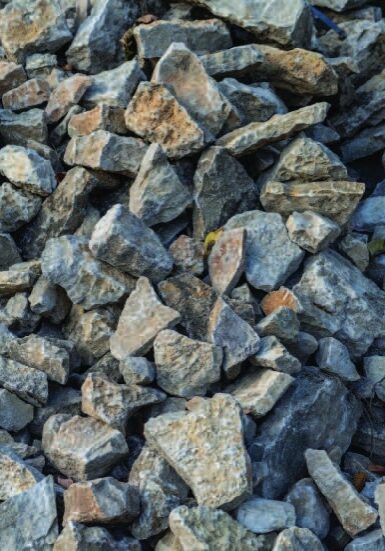

Erosion
As the Minnesota River flows through the state, it is moving more than just water. Every year, the river carves further into its bank, carrying dirt and sediment with it. This process is just one example of erosion, which is when earthen materials are worn away and transported by natural forces such as wind or water. Erosion can be powerful and quick. The Minnesota River is estimated to consume an average of 80 acres of land, yearly. That’s a lot of soil being moved by water! Next time you see a river or stream, pay attention to how clear or muddy the water is—erosion is occurring right before your eyes!
Minnesota Soil Regions
By studying soils, scientists learn how to use and protect each soil type. Knowing about soil helps farmers and gardeners manage the soil for good yields. It helps land use planners and civil engineers decide how to use the land wisely. It helps builders know the best spots for roads, sewage treatment plants and sturdy buildings that last for years. We all benefit when human uses are carefully matched with soil types.
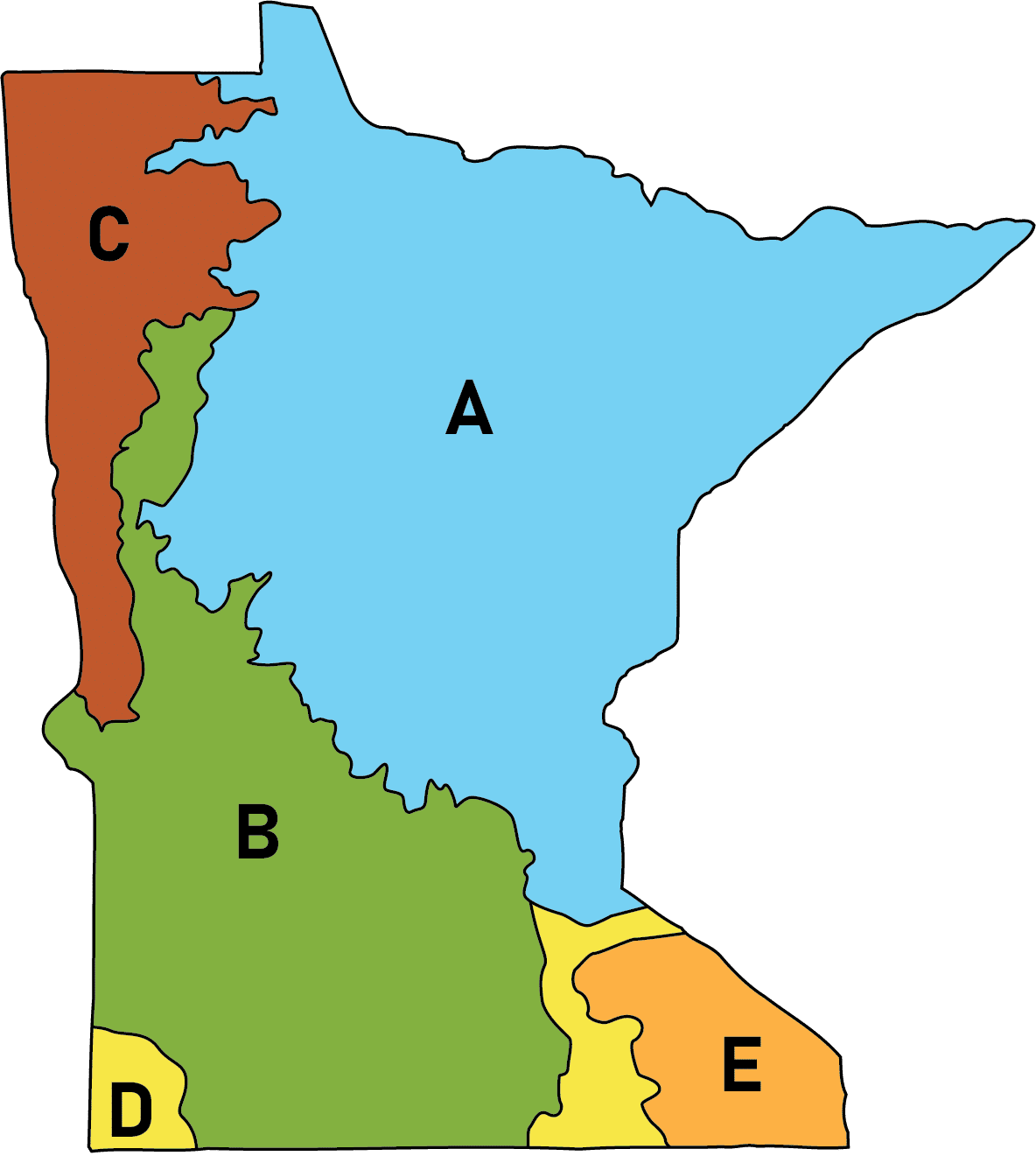
A
The glaciers created ridges of rocky outcroppings and hundreds of lakes and swamps. Glaciers scraped off the topsil, so farming is limited. Evergreens grow well.
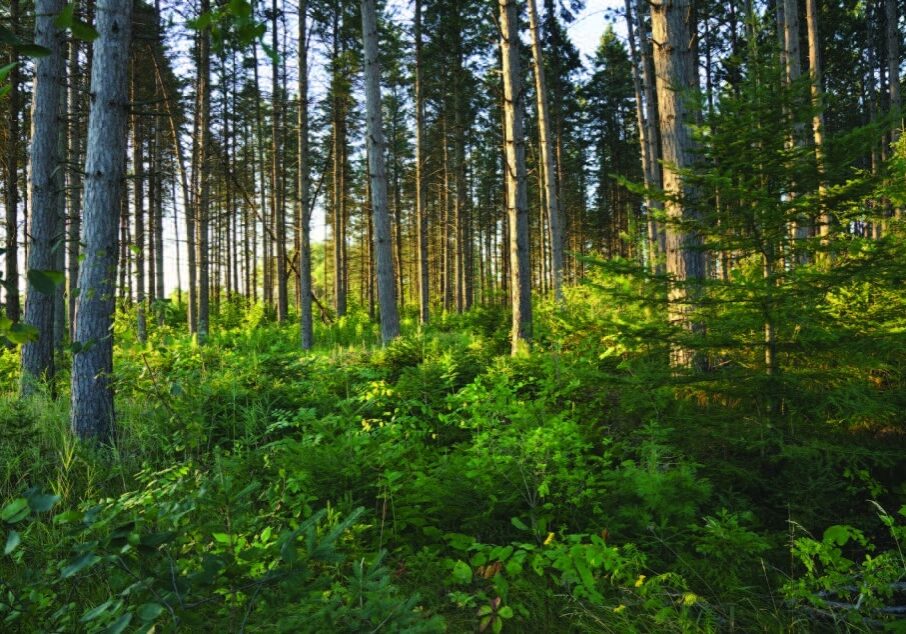

B
Many lakes formed where blocks of glacial ice melted. The glaciers left till deposits, and winds added to them. Broadleaf trees grow well here. Much of the land has been cleared for farms and towns.
C
The old glacier lake bed left rich, deep soil on the flat land. Most of the land is farmed. Our famous Red River Valley is here. Winds blowing across the prairie can carry soil away. Sugarbeets and potatoes are major crops in this area.
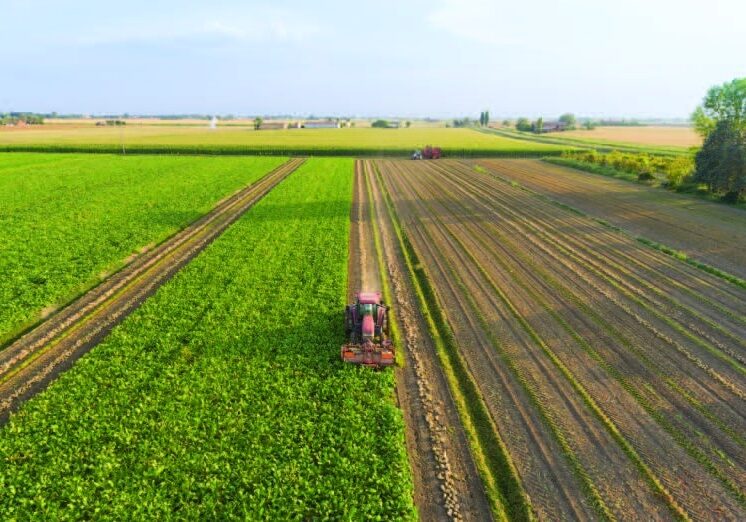
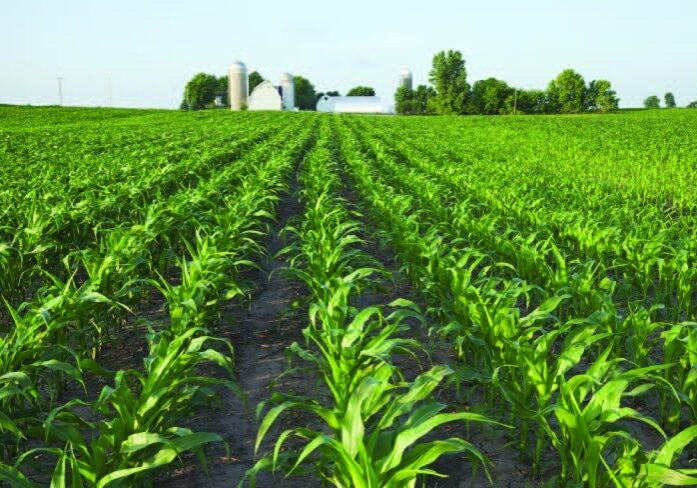
D
Glacial activity in this small section of Minnesota left silty soil behind that makes good cropland.
E
The Driftless Area is the unique region of Minnesota, left unscraped by the glaciers of the last ice age. Dairy farming, as well as hiking and biking are popular.
